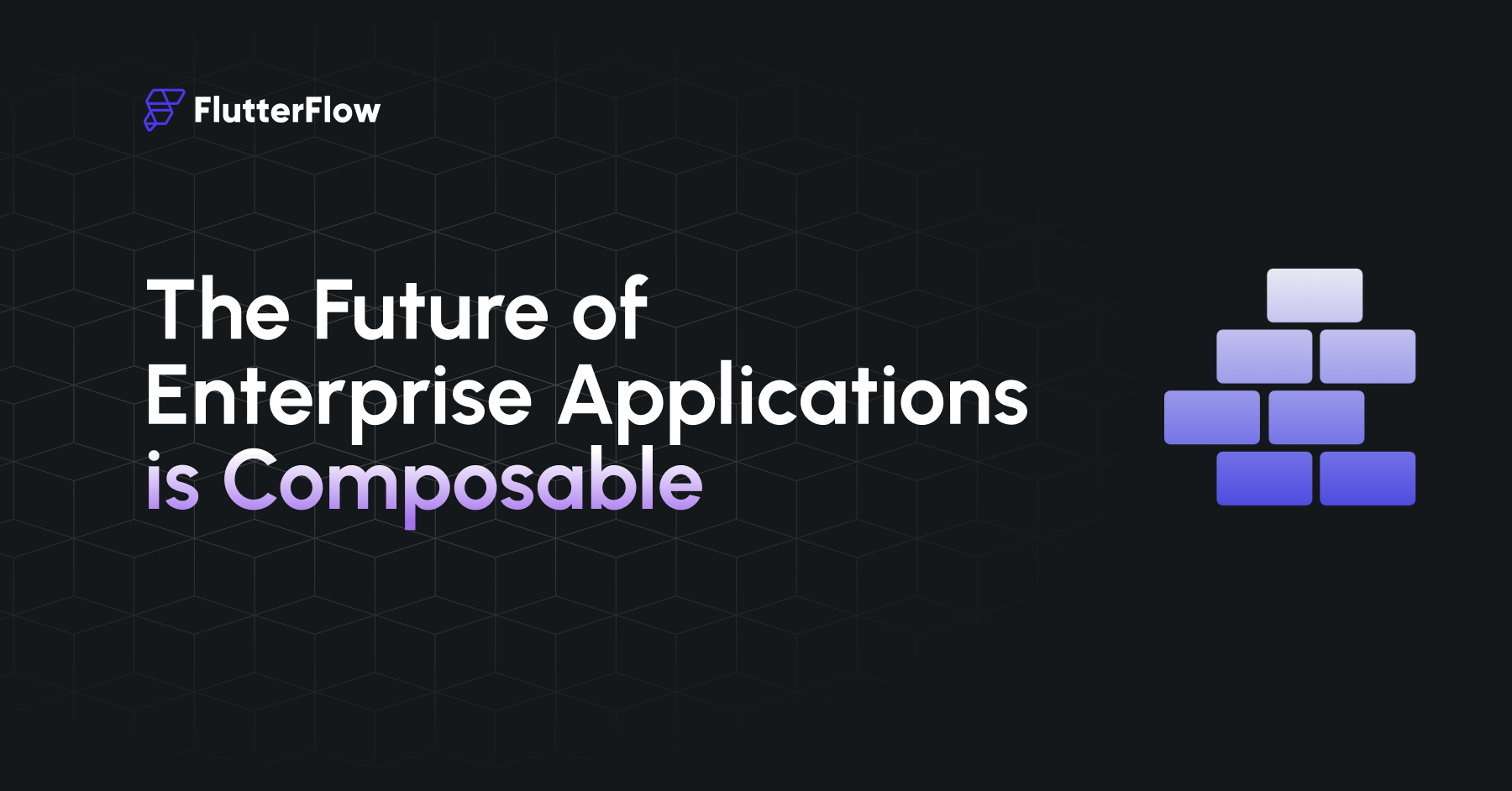If you’re leading digital transformation, you’ve probably noticed the trend: enterprises are moving away from large, monolithic systems that try to do everything in one place. Instead, they’re adopting architectures that allow pieces to be assembled, reused, and replaced as needed.
This idea is often called composability. Instead of building an entire system up front, enterprises create applications from smaller, well-defined parts that can evolve independently.
For leaders, the appeal is clear. Composable architectures reduce lock-in, shorten delivery cycles, and make it easier to adapt as business needs change.
Why Composability Matters for the Enterprise
Avoiding Vendor Lock-In
Traditional enterprise systems often tie you to a single vendor’s roadmap and release cycle. With a composable approach, you can assemble applications using parts from different sources, or replace pieces over time without disrupting the whole.
Value to you: More flexibility in choosing partners, less dependence on external timelines, and more control over your own strategy.
Shortening Delivery Cycles
Monolithic builds tend to move slowly because every change requires coordination across the entire system. Composable applications let teams work on independent parts that can be delivered and updated in parallel.
Value to you: Faster delivery of features and services, with less risk of disruption.
Scaling Innovation
As enterprises expand into new products or markets, the cost of building everything from scratch becomes unsustainable. A composable architecture allows teams to reuse proven features (i.e. authentication, payments, reporting) while focusing energy on what differentiates the business.
Value to you: Lower development costs and more capacity for innovation.
What Composability Looks Like in Practice
At the technical level, composability means applications are structured as a set of reusable parts rather than one large build. These parts can be UI components, feature flows, or integration patterns.
In FlutterFlow, this concept takes the form of Libraries.
- Feature Libraries let teams build complete flows, such as onboarding or checkout, and use them across multiple applications.
- Design Libraries ensure visual consistency by sharing styles and components.
- Integration Libraries handle common needs like authentication or payments, so each team doesn’t need to rebuild them.
By using Libraries, enterprises can assemble applications faster, keep experiences consistent, and evolve parts of the system without affecting the whole.
How This Supports Digital Transformation
For digital transformation leaders, the shift to composability is not just a technical change. It is an organizational one.
- It encourages parallel delivery, where multiple teams can move without waiting on each other.
- It makes governance easier, because shared Libraries enforce consistency and standards.
- It supports long-term agility, because parts can be updated or replaced without rewriting entire applications.
This is the same logic that has transformed enterprise infrastructure with cloud-native architectures and microservices. Now it is reshaping the way frontends and business applications are built.
Bringing It Together
The future of enterprise applications is composable. By assembling systems from reusable parts, organizations gain flexibility, speed, and resilience.
FlutterFlow’s Library system is one way to put this principle into practice, but the broader shift is bigger than any one tool. Composability represents a fundamental change in how enterprises build and evolve their digital ecosystems.
If you are planning the next phase of your digital transformation, it’s worth asking: how much of your application portfolio can be reused, reshaped, and recomposed to meet the demands of tomorrow?
Explore how your teams can move faster and smarter with FlutterFlow. Learn more about FlutterFlow for Enterprise.

